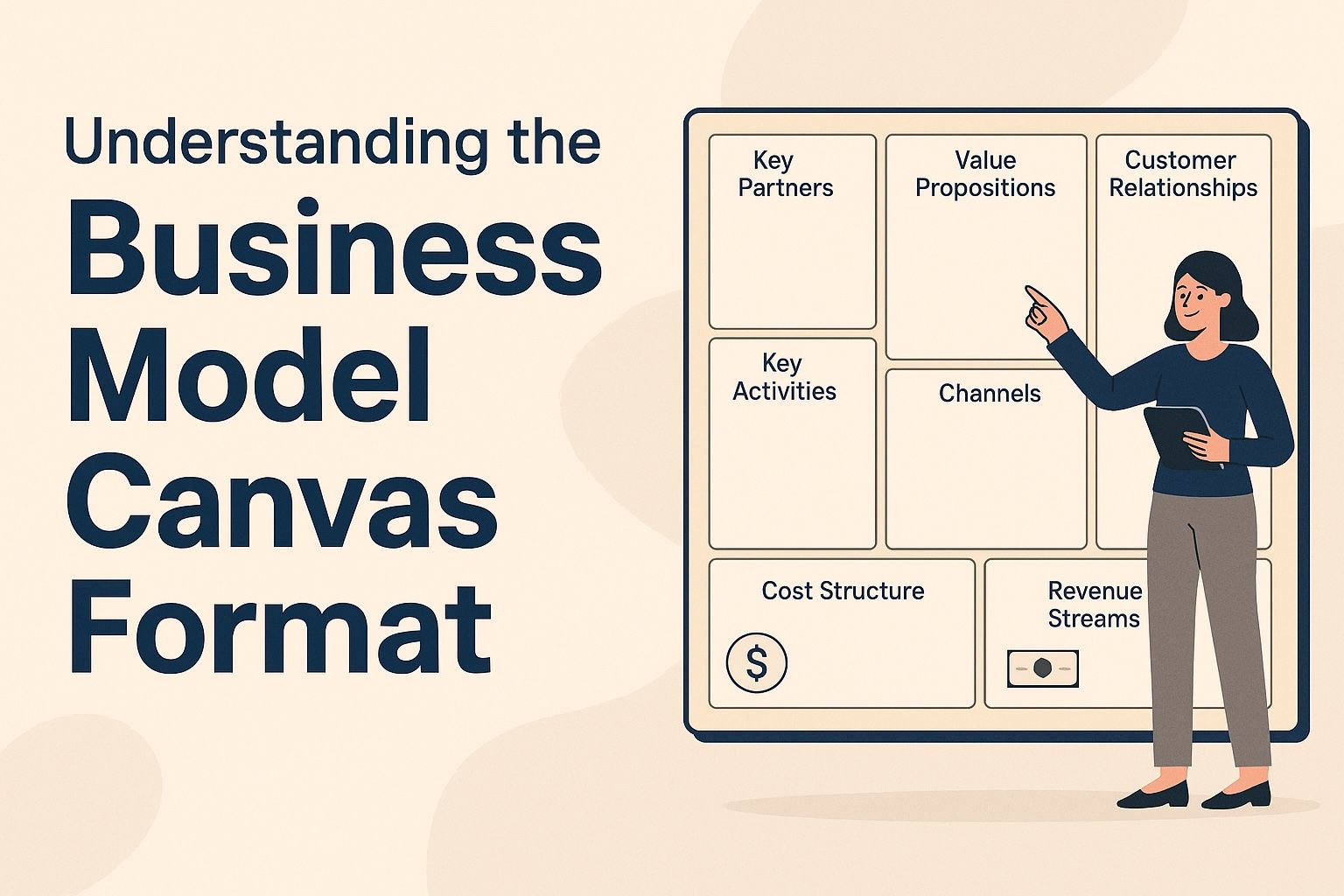Understanding Different Projection Formats in Mapping
Projections are not just numbers on a spreadsheet; they are strategic tools that provide a glimpse into the future of your business. When used correctly, they can reveal potential challenges and opportunities, allowing you to make informed decisions. This foresight is invaluable, especially in a business landscape that is constantly evolving due to technological advancements and changing consumer behaviors. By mastering the art of financial projections, you can set realistic goals, allocate resources effectively, and pave the way for sustainable growth.
A projection format is essentially a structured method for predicting future financial performance. It provides a framework for estimating future revenues, expenses, and other financial metrics based on historical data and assumptions about future market conditions. These projections are not only useful for internal planning but are often required by investors and financial institutions when seeking funding. They serve as a testament to your business acumen, showcasing your preparedness and strategic foresight to potential stakeholders.
Projection formats act as a universal language in the business world, conveying complex financial data in an understandable format. By standardizing how projections are presented, they ensure consistency and clarity, facilitating better communication with stakeholders. Whether you're presenting to a board of directors or discussing future plans with your team, using established projection formats can enhance your credibility and help you articulate your vision more effectively.
Types of Projection Formats
There are several types of projection formats that businesses commonly use. Each serves a unique purpose and can be tailored to meet specific business needs. Understanding the differences and applications of each format is crucial in selecting the right tool for your business scenario.
For instance, some formats might be more suited for long-term strategic planning, while others are ideal for short-term operational forecasts. By aligning the right projection format with your business objectives, you can gain more actionable insights and improve your decision-making process.
Financial Projections
Financial projections are estimates of future financial outcomes for a business. They typically include income statements, balance sheets, and cash flow statements. These projections are crucial for setting financial goals and securing financing. They form the backbone of any solid business plan, illustrating the anticipated financial trajectory of the company over a specific period.
Moreover, financial projections allow businesses to prepare for various economic scenarios. By examining different financial projections, companies can develop contingency plans and adjust strategies to mitigate risks. This proactive approach not only safeguards the business from potential downturns but also positions it to capitalize on emerging opportunities.
Sales Projections
Sales projections estimate future sales volumes and revenue. They are an important component of financial projections and can help businesses set sales targets and forecast cash flow. Accurate sales projections are vital for inventory management, marketing strategies, and staffing requirements, ensuring that resources are aligned with anticipated demand.
Beyond internal planning, sales projections play a critical role in communicating business potential to external stakeholders. Investors and lenders often scrutinize these projections to assess the business's growth potential and profitability. Thus, crafting detailed and realistic sales projections can bolster your case when seeking investment or loans.
Cash Flow Projections
Cash flow projections estimate the amount of cash a business will receive and pay out over a given period. This helps businesses ensure they have enough cash on hand to meet obligations and avoid liquidity issues. Maintaining positive cash flow is essential for day-to-day operations and long-term sustainability.
Effective cash flow management allows businesses to seize opportunities as they arise, such as investing in new technology or expanding operations. By predicting cash flow trends, businesses can also negotiate better terms with suppliers and manage debt more effectively, enhancing overall financial health.
How to Create a Financial Projection
Creating a financial projection involves several steps. Here's a step-by-step guide to help you get started:
Step 1: Gather Historical Data
Start by collecting historical financial data. This includes past income statements, balance sheets, and cash flow statements. Historical data provides a baseline for making future projections. By analyzing past performance, you can identify trends and patterns that inform your projections.
In addition to financial documents, consider gathering qualitative data such as market research reports and customer feedback. These insights can provide context to the numbers and help you understand the underlying factors driving past performance. This comprehensive approach ensures that your projections are grounded in reality.
Step 2: Make Assumptions
Next, make assumptions about future market conditions. Consider factors such as economic trends, industry developments, and changes in consumer behavior. These assumptions will inform your projections. It's crucial to base these assumptions on credible sources and data to enhance their reliability.
Documenting your assumptions is also important, as it provides transparency and allows others to understand the rationale behind your projections. Regularly revisiting and updating these assumptions as new information becomes available ensures that your projections remain relevant and accurate.
Step 3: Create Projections
Using your historical data and assumptions, create your financial projections. This typically involves:
- Income Statement Projections: Estimate future revenues, cost of goods sold, and operating expenses to project your net income.
- Balance Sheet Projections: Forecast future assets, liabilities, and equity.
- Cash Flow Projections: Estimate future cash inflows and outflows to project your ending cash balance.
This step may require the use of financial modeling software or spreadsheets to organize data and perform calculations. The more detailed and precise your projections are, the more useful they will be in guiding your strategic decisions.
Step 4: Review and Adjust
Once you've created your projections, review them for accuracy and make adjustments as needed. Consider using different scenarios (e.g., best-case, worst-case) to account for uncertainty. Scenario analysis helps you prepare for various outcomes and develop strategies to mitigate risks.
Engaging stakeholders in the review process can also provide valuable feedback and ensure that your projections align with broader business goals. By fostering a collaborative approach, you can create more robust and reliable projections that support your business's long-term success.
Financial Projection Formats and Templates
by Angelina Korolchak (https://unsplash.com/@uragan4ik)
There are various templates and formats available to help you create financial projections. Here are some commonly used ones:
Financial Projection Template
A financial projection template typically includes sections for income statements, balance sheets, and cash flow statements. It provides a structured format for inputting data and calculating projections. These templates can simplify the projection process, especially for small businesses or startups with limited resources.
Templates can be customized to suit your specific business needs, allowing you to focus on the most relevant metrics and KPIs. By streamlining the projection process, templates free up time and resources for strategic planning and execution.
Sales Projection Format
A sales projection format is specifically designed for estimating future sales. It often includes fields for sales by product or service, sales growth rates, and sales targets. This format helps businesses identify trends and opportunities in their sales pipeline, enabling more effective sales strategies.
Utilizing sales projection formats can also improve communication between sales and marketing teams, ensuring alignment on goals and objectives. This collaboration enhances the effectiveness of campaigns and initiatives, ultimately driving revenue growth.
Cash Flow Projection Template
A cash flow projection template helps businesses estimate future cash inflows and outflows. It typically includes sections for operating activities, investing activities, and financing activities. These templates are essential for managing liquidity and planning for future financial obligations.
Regularly updating cash flow projections allows businesses to identify potential cash shortfalls early and take corrective action. This proactive approach reduces financial stress and ensures that the business remains agile and responsive to changing market conditions.
Sample Financial Projections Template
A sample financial projections template is a pre-filled example that demonstrates how to create financial projections. It can serve as a useful reference for those new to financial forecasting. These samples provide a starting point, helping you understand the structure and components of a comprehensive projection.
By reviewing sample templates, you can learn best practices and common pitfalls, enhancing your ability to create accurate and reliable projections. This knowledge is invaluable as you refine your forecasting skills and develop more sophisticated financial models.
Benefits of Using Projection Formats
Using projection formats offers several advantages:
- Improved Decision-Making: Projections provide valuable insights into future financial performance, enabling better strategic decision-making. This foresight allows businesses to capitalize on opportunities and mitigate risks, enhancing overall competitiveness.
- Financial Planning: Projections help businesses set financial goals and plan for future growth. By aligning projections with business objectives, companies can prioritize initiatives and allocate resources more effectively.
- Investor Confidence: Accurate projections can instill confidence in investors and lenders, making it easier to secure funding. Demonstrating a clear understanding of your business's financial trajectory enhances credibility and trust.
Beyond these benefits, using standardized projection formats promotes consistency and transparency in financial reporting. This clarity facilitates communication with stakeholders and supports informed decision-making at all levels of the organization.
Common Challenges in Financial Projections
While financial projections are invaluable, they come with challenges:
Uncertainty and Assumptions
Projections rely on assumptions about future market conditions, which can be uncertain. It's important to regularly review and update projections as new information becomes available. This adaptability ensures that your projections remain relevant and accurate in a dynamic business environment.
Engaging with industry experts and leveraging market research can enhance the quality of your assumptions. By staying informed about trends and developments, you can make more informed predictions and reduce the margin of error in your projections.
Complexity
Creating accurate projections can be complex, requiring a deep understanding of financial principles and market dynamics. Utilizing software tools or consulting with financial experts can help simplify the process. These resources provide valuable insights and streamline the projection process, making it more accessible for businesses of all sizes.
Training and development programs can also enhance the financial literacy of your team, empowering them to contribute more effectively to the projection process. By building internal expertise, you can create a more agile and responsive organization.
Data Accuracy
The accuracy of projections depends on the quality of historical data. Ensure data is accurate and up-to-date to create reliable projections. Regular audits and data validation processes can help maintain data integrity and enhance the reliability of your forecasts.
Implementing robust data management systems and practices ensures that your projections are based on accurate and comprehensive information. This foundation is critical for making informed decisions and driving business success.
Conclusion
Understanding and effectively utilizing different projection formats is crucial for any business aiming to navigate the complexities of financial planning. By leveraging the right tools and templates, you can create accurate financial projections that inform your strategic decisions and support your business growth. This proactive approach positions your business to adapt and thrive in an ever-changing market landscape.
Whether you're crafting a financial projection for an investor presentation or setting sales targets for your team, the insights gained from well-structured projections can set your business on the path to success. By mastering the art of financial forecasting, you can build a resilient and agile organization, ready to seize opportunities and overcome challenges in pursuit of long-term success.




